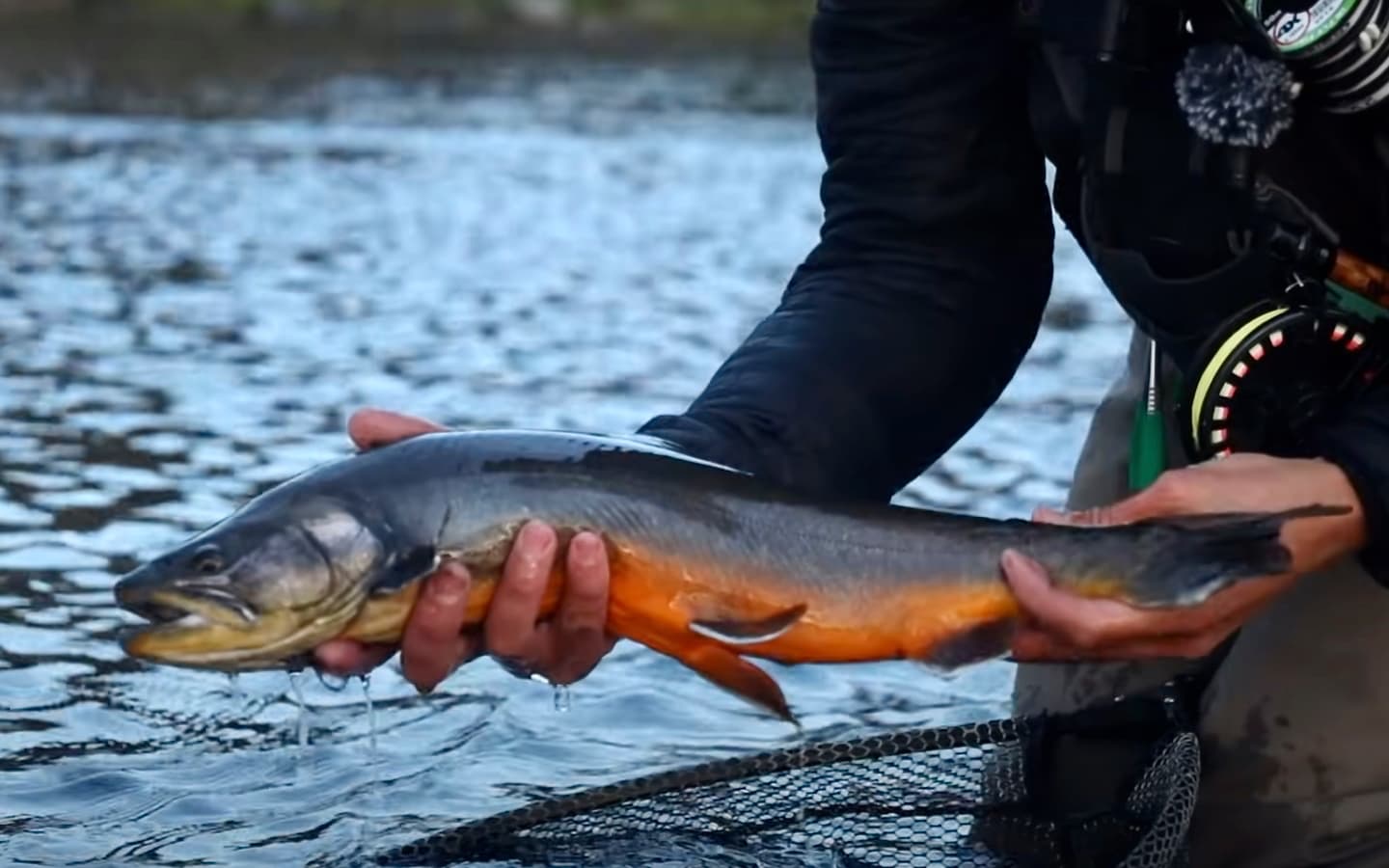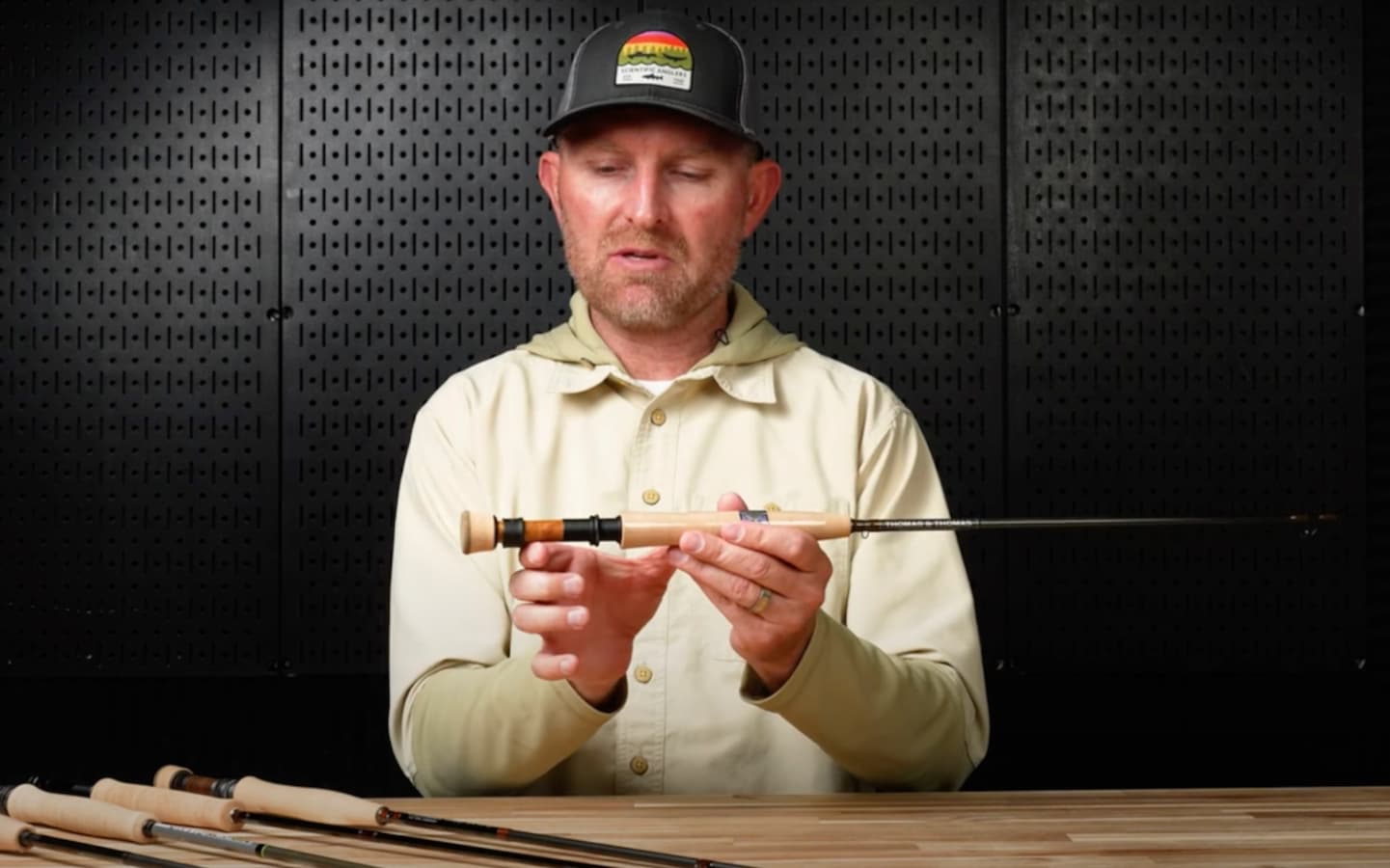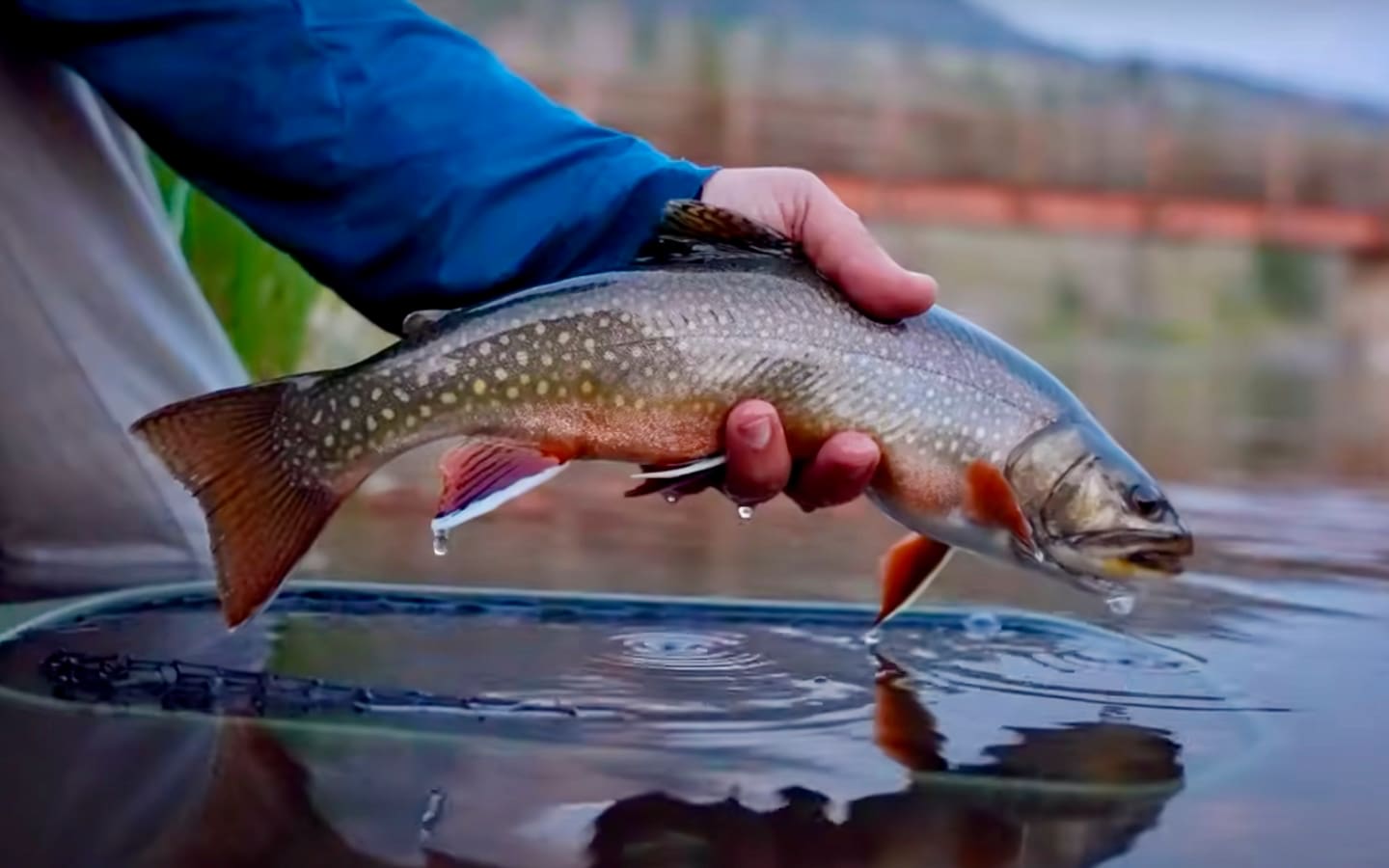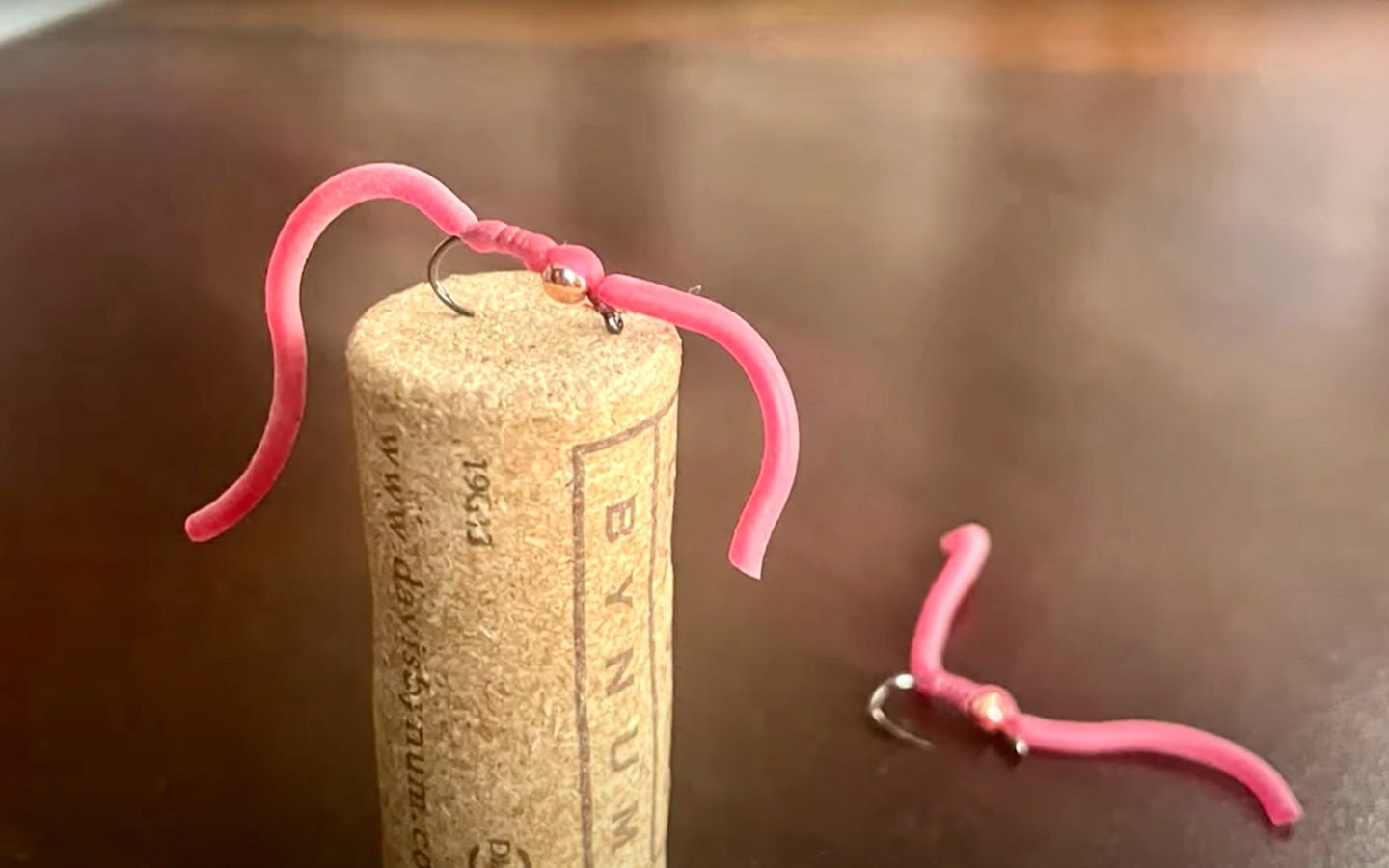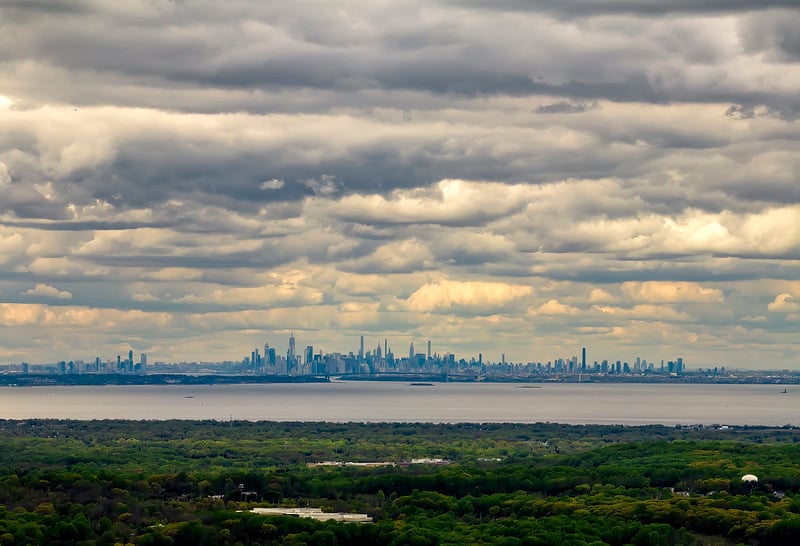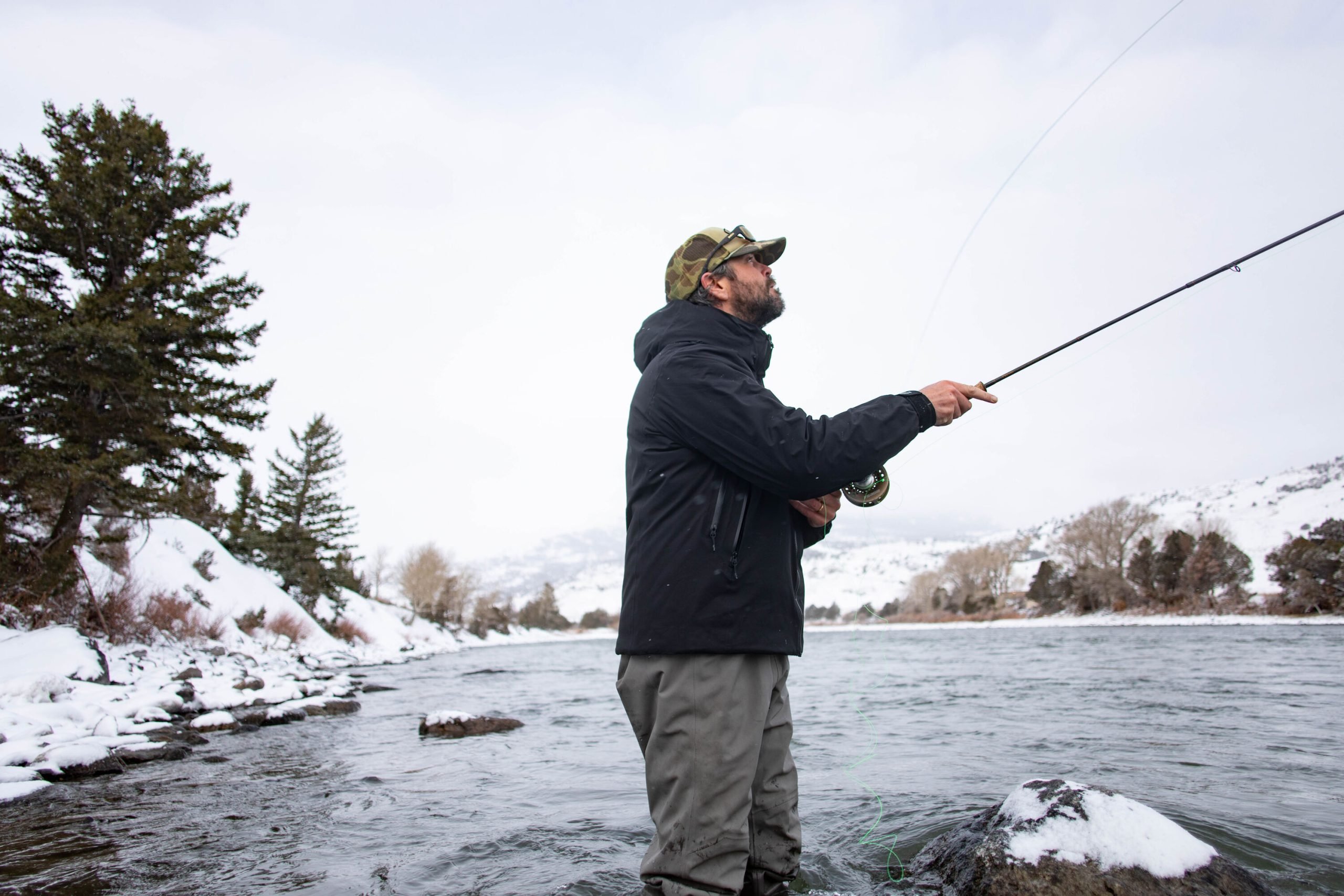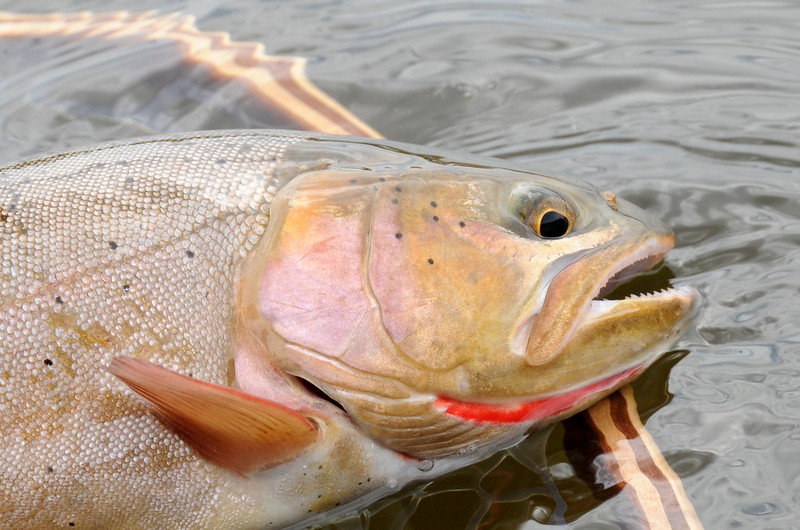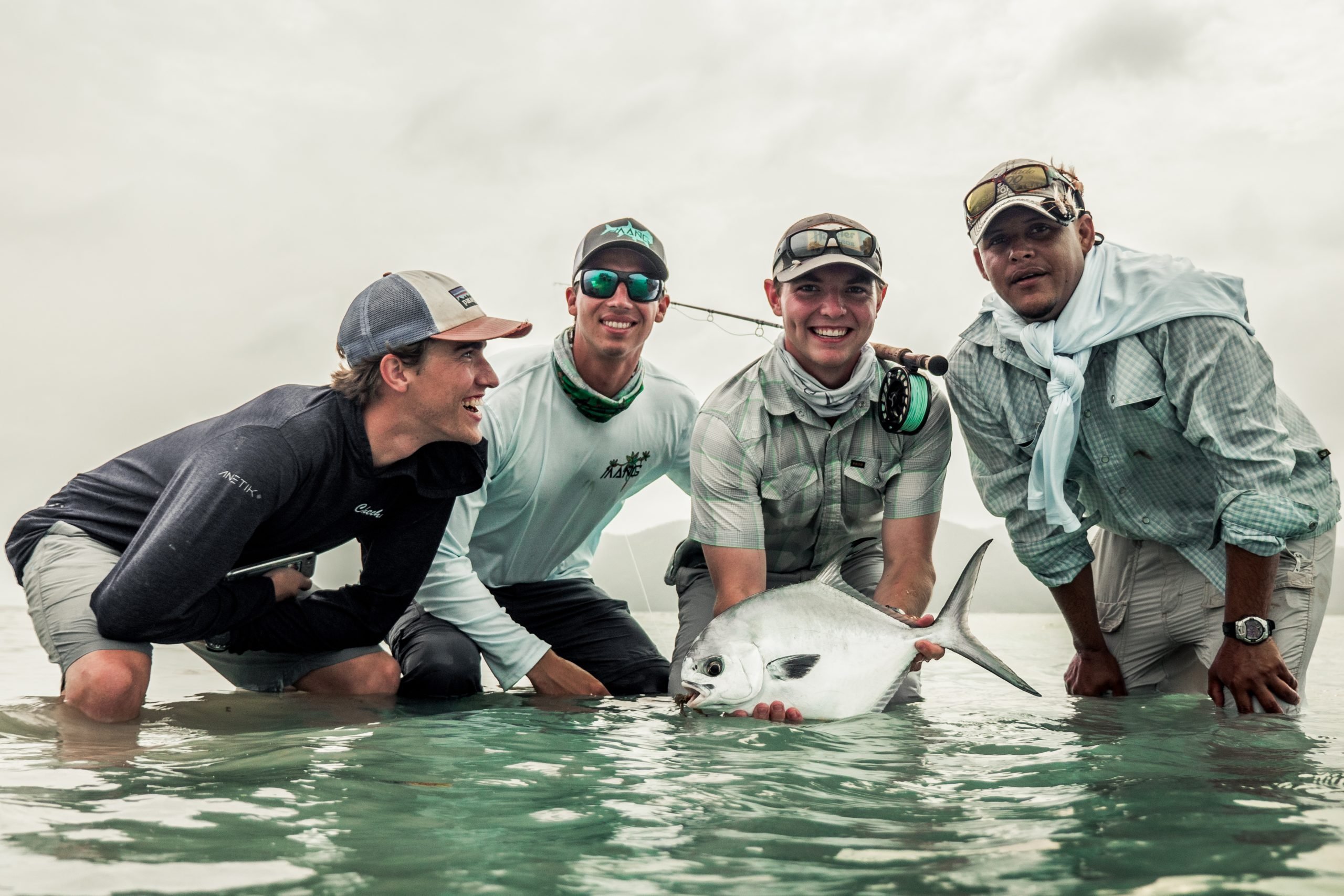Latest Import: Telescoping Fly Rods and Furled Lines From Japan
We’ll leave it to you to decide whether Tenkara — which means “from heaven” or “from the sky” in Japanese — has a chance of revolutionizing U.S. fly fishing the way two-handed techniques did thirty years ago, but there’s no question that it provides an interesting, simpler alternative to fly fishing formulas that seem only to get more complex. The gear and methods are quite basic — not counting anyone brave enough to construct their own furled lines and leaders. An 11- to 13-foot rod is used to deliver a fly on the end of a furled line/leader that is attached directly to the rod tip.
Tenkara has been practiced for hundreds of year in Japan, and started with bamboo rods, according to Tenkara USA, a new company started by Daniel W. Galhardo, a Golden Gate Angling and Casting Club director. As their Web site says: “The few elements between you and the fish, along with the sensitive rod, will transmit even the smallest vibrations directly to your hands. The tenkara techniques are very well suited for: fishing a dry-fly (virtually drag-free due to the supple line and little line in the water), dapping a fly on a pool or holding it on an eddy for a long time, Czech-nymphing, playing a soft-hackle wet fly, and playing the traditional reverse hackle flies.” Tenkara USA is selling telescoping graphite rods (they collapse to 20 inches) that it hopes will appeal to small-stream and backpacking fly fishers. (Thanks to reader Andrew Steketee for this link.)
Read the full press release in the extended entry.
San Francisco Angler Launches Tenkara USA
Company specialized in traditional Japanese fly-fishing method is attracting enthusiasts of simpler way of fishing.
SAN FRANCISCO–Daniel W. Galhardo discovered tenkara while researching fly-fishing in Japan. After a trip to Japan, he found his passion for this pure, simple method of fly-fishing that uses only a rod, line and fly.
Galhardo, 26, recently founded Tenkara USA and has attracted an avid following of people who also appreciate this style of fly-fishing that is particularly well-suited for fly-fishing small streams and backpacking.
On his recent trip to Japan, he learned about an area known for its traditional crafts of rod-making and fly-tying. He visited the Meboso family, which has been tying flies for 20 generations – more than 430 years.
“I realized that we have a lot to learn from the rich angling traditions of Japan,” Galhardo said.
Also a director of the Golden Gate Angling and Casting Club, one of the country’s hubs of fly-fishing innovation, Galhardo knows fly-fishing and is always seeking new elements and methods that will simplify and enrich his fishing experience. He decided to launch Tenkara USA (www.tenkarausa.com) in early April to share his love for this style of fly-fishing and introduce it to the United States. It is the only company in the western hemisphere totally dedicated to tenkara fly-fishing.
Tenkara is appealing for many reasons:
Tenkara rods are ultra-portable and light-weight. The long tenkara rods are 12 feet but telescope down to only 20 inches with all pieces well-protected inside the main part and weighing an average three ounces.
Tenkara fishing is less expensive than traditional fly-fishing as there is no need for a reel or expensive fly line. Tenkara USA offers entry point rods for under $130.
Tenkara’s technique is easier than in western fly-fishing, however, it provides a unique challenge to the angler who gets into it. This fixed-line method makes it especially well-suited to Czech-nymphing, soft-hackle wet-fly fishing, dapping, and for virtually drag-free drifts.
Much like Spey-casting, a type of fly-fishing recently introduced to the U.S. for those fishing large rivers, tenkara is also a specialized segment of fly-fishing for those who like fishing small streams and fishing while backpacking.
“Tenkara introduces a new dynamic to the sport and art of fly-fishing,” Galhardo said.
Charles Anthony, a tenkara angler and fly-fishing instructor said that tenkara leaves him more “intimately connected with the experience of fishing.”
“Tenkara allows only for as much complexity as you really need to enhance the experience,” Anthony said.
Bob Porter, president of the Golden Gate Angling and Casting Club in San Francisco, said that he was “intrigued” by tenkara. As a small-stream enthusiast, Porter said he likes tenkara’s simplicity.
“I’m very excited to be using it,” he said. “It is an interesting combination of a historical type of fishing. It is very simple and interesting and I like that the rod is compact and useable.”
Misako Ishimura, head of the World Fly-fishing of Japan, also is a fan of tenkara. “Tenkara is the best method for catching and releasing beautiful wild trout in good condition, since you do not have to use a long line to land the fish,” she said.
If one wants to learn more about tenkara fishing, on May 23, Dr. Hisao Ishigaki, one of the most renowned authorities in tenkara fishing in Japan will be speaking and doing a on-stream demonstration at the Catskills Fly-Fishing Center and Museum in New York during their annual gathering.
Video: Letting the Water Load the Rod
New Gear: An Electric-Powered Kayak for Anglers
